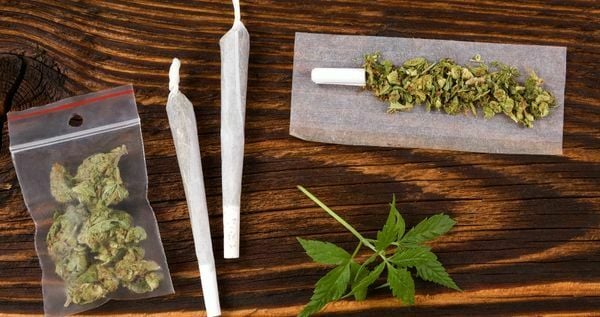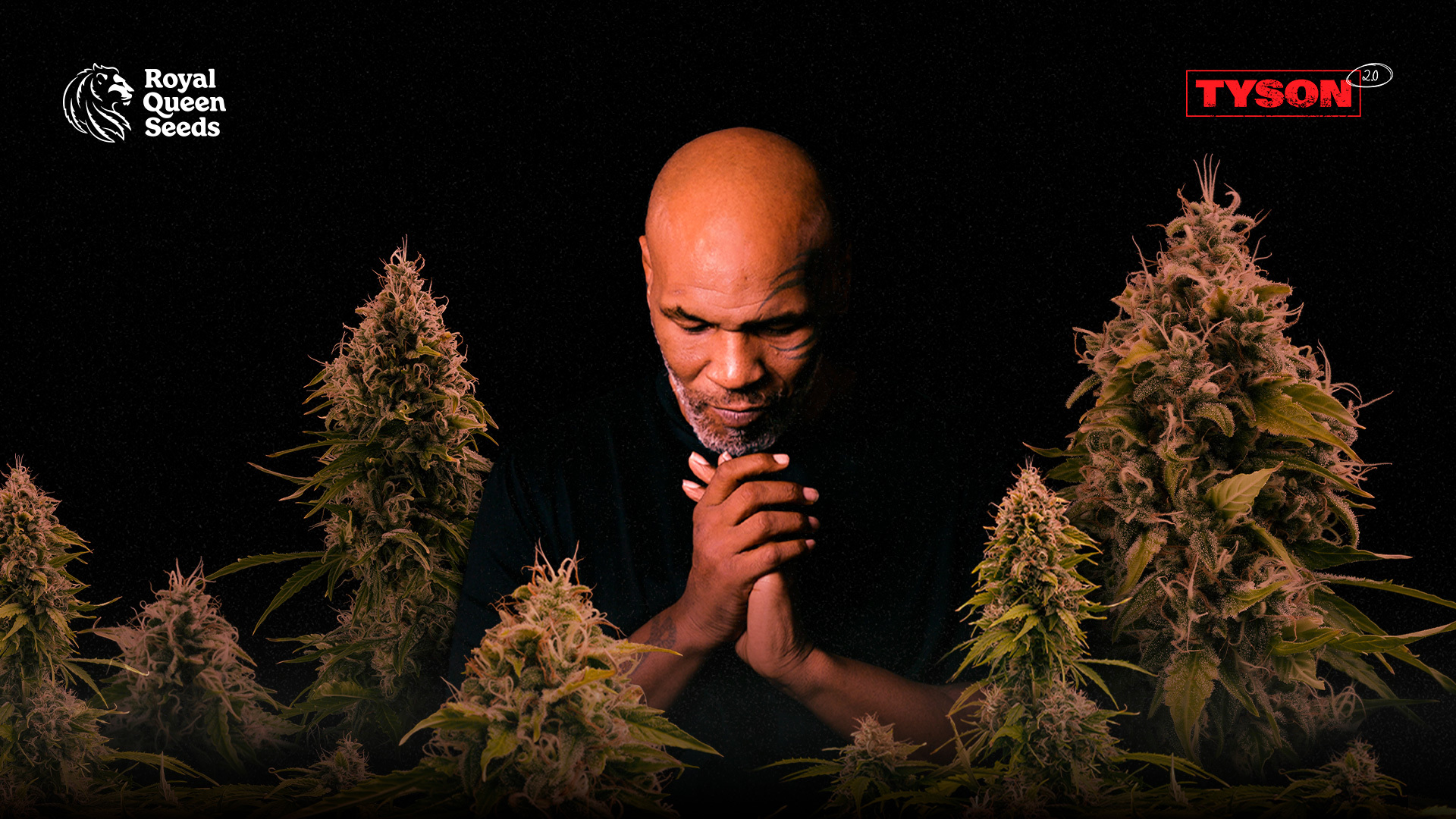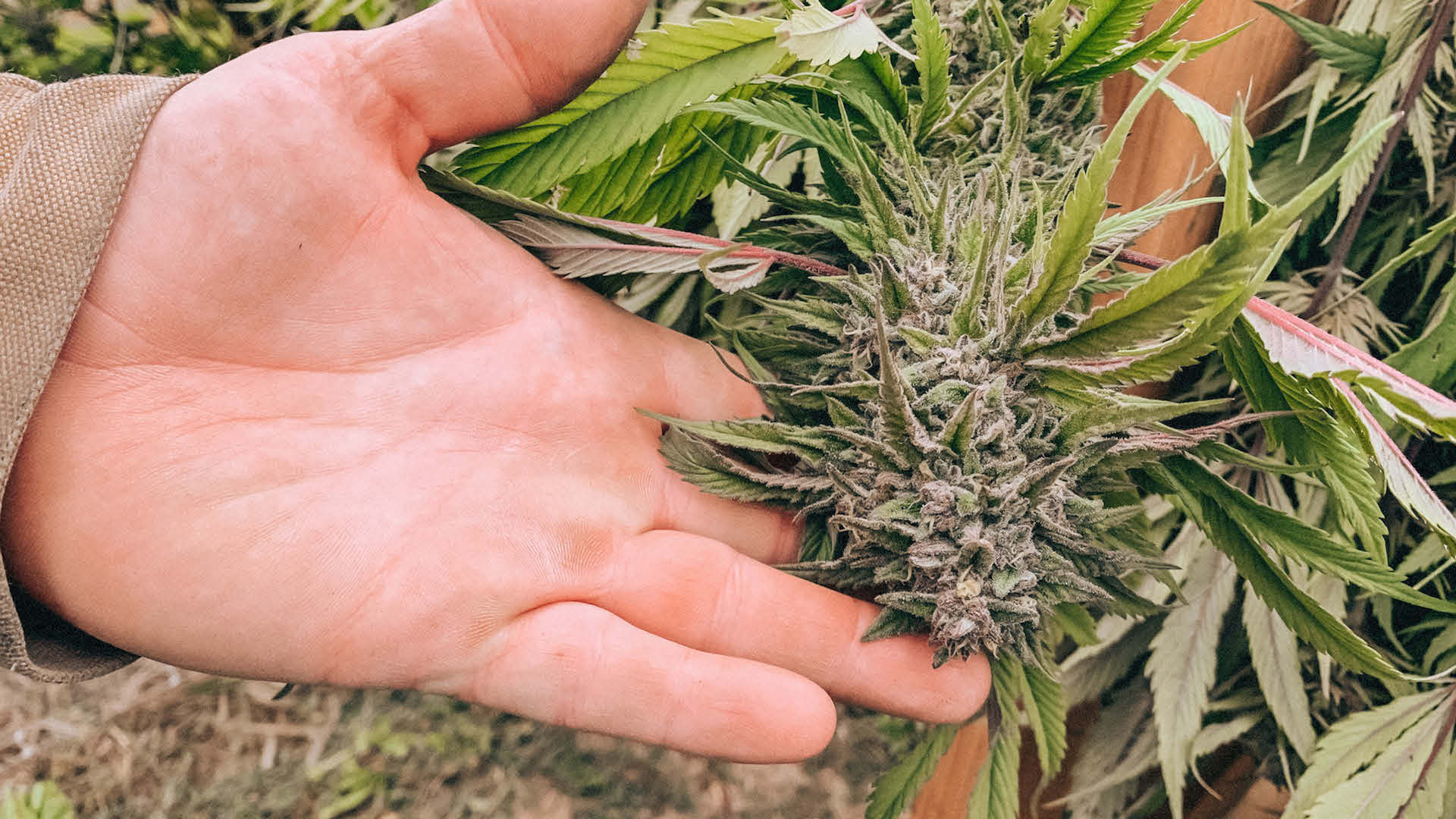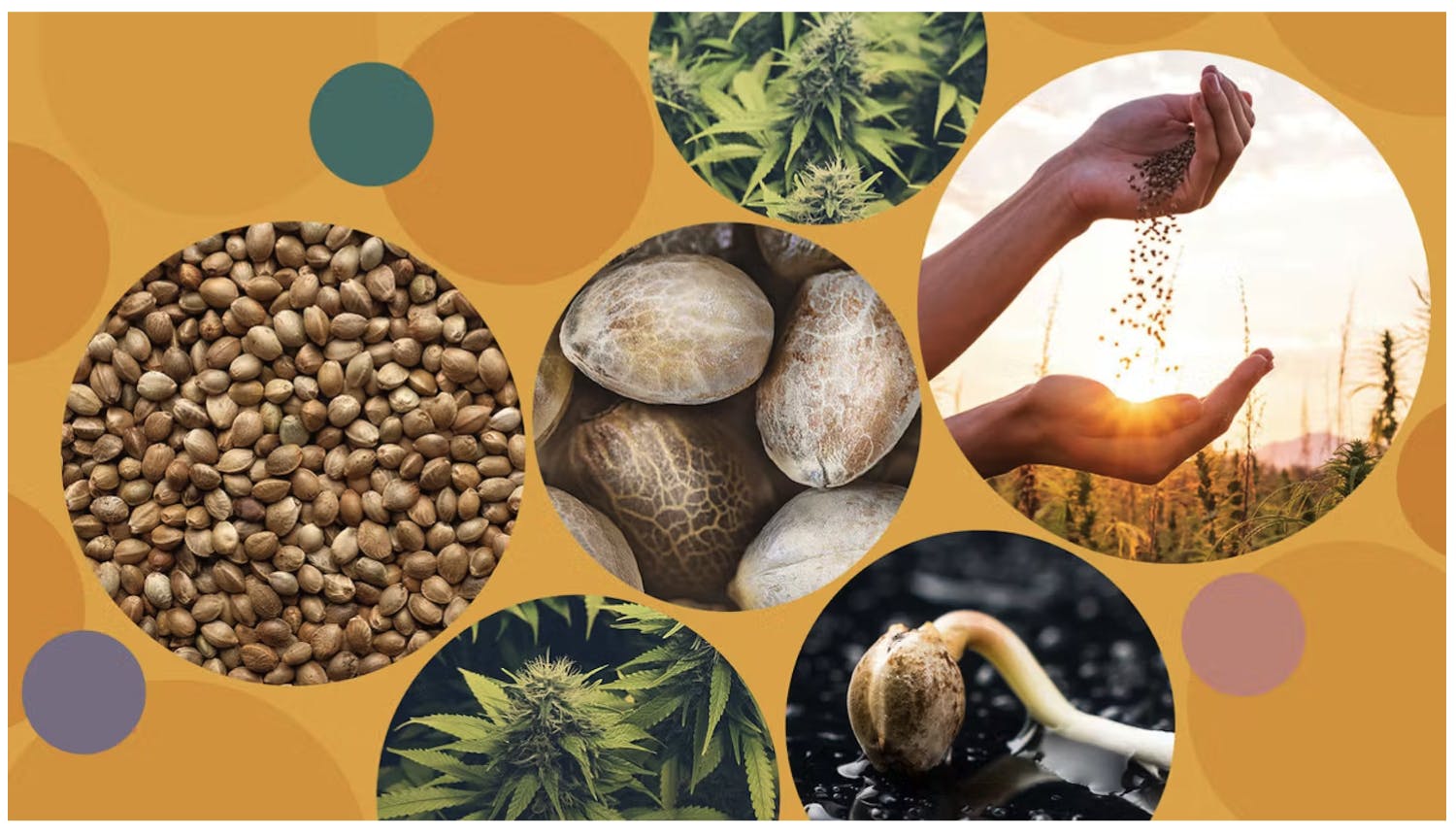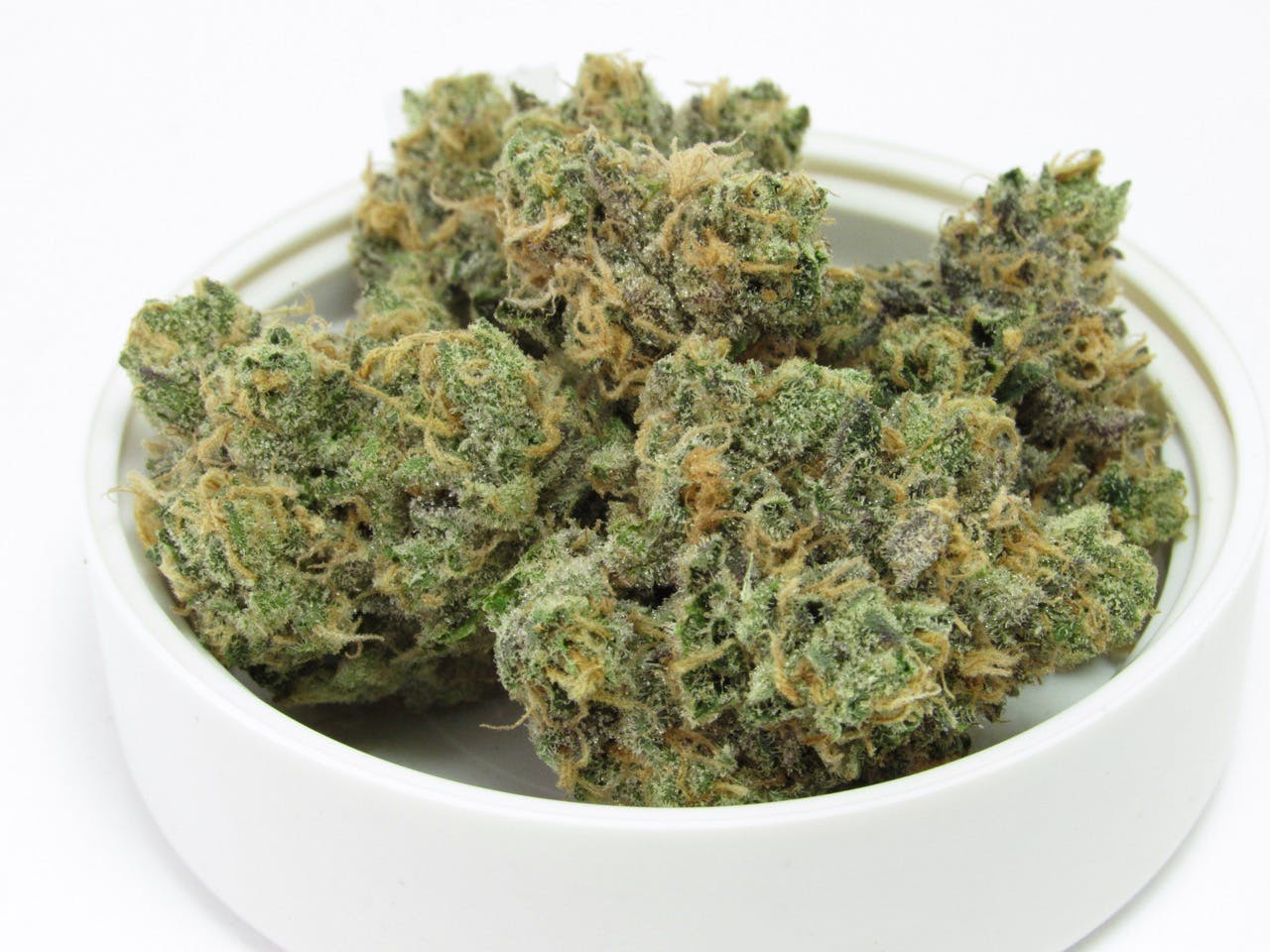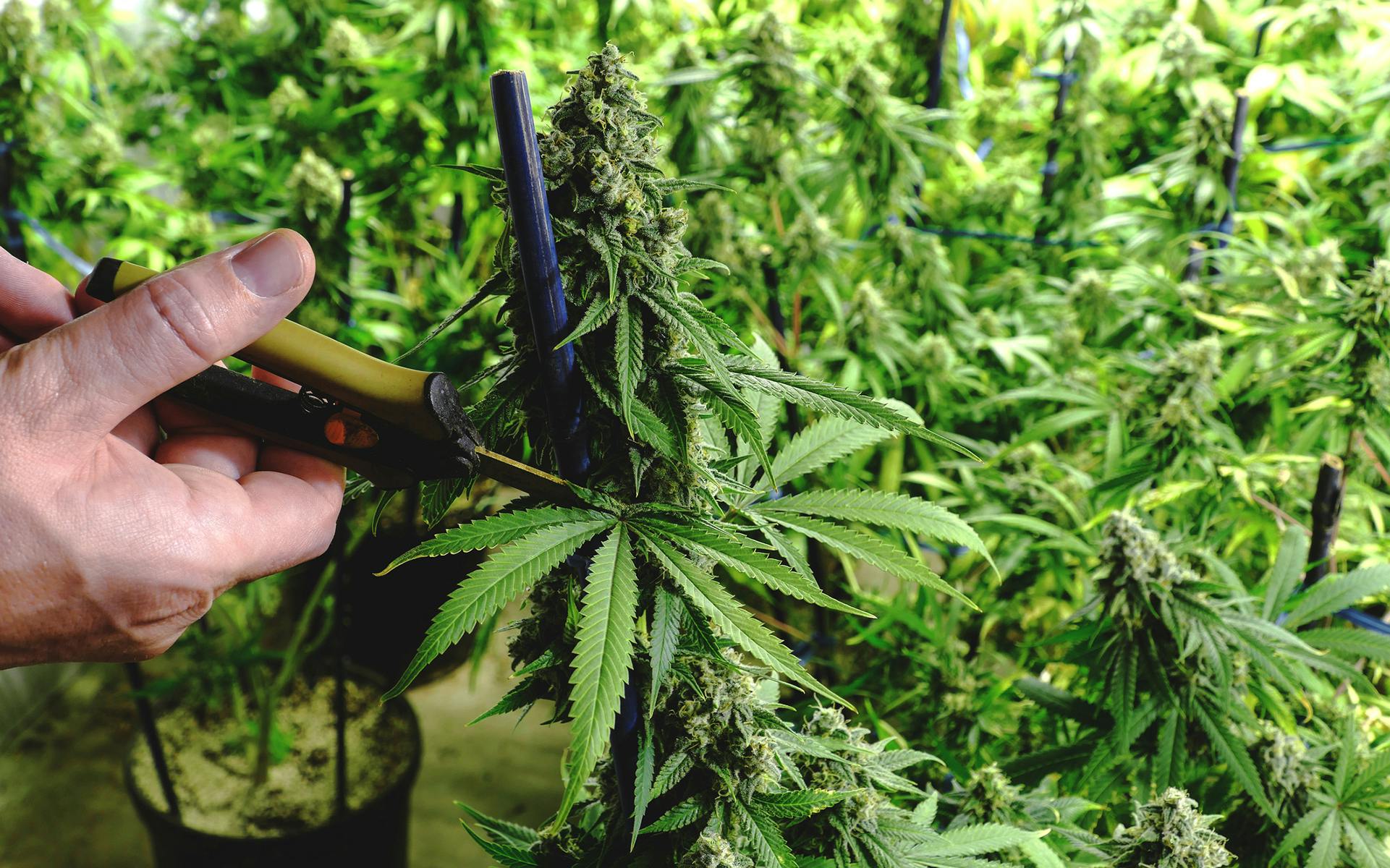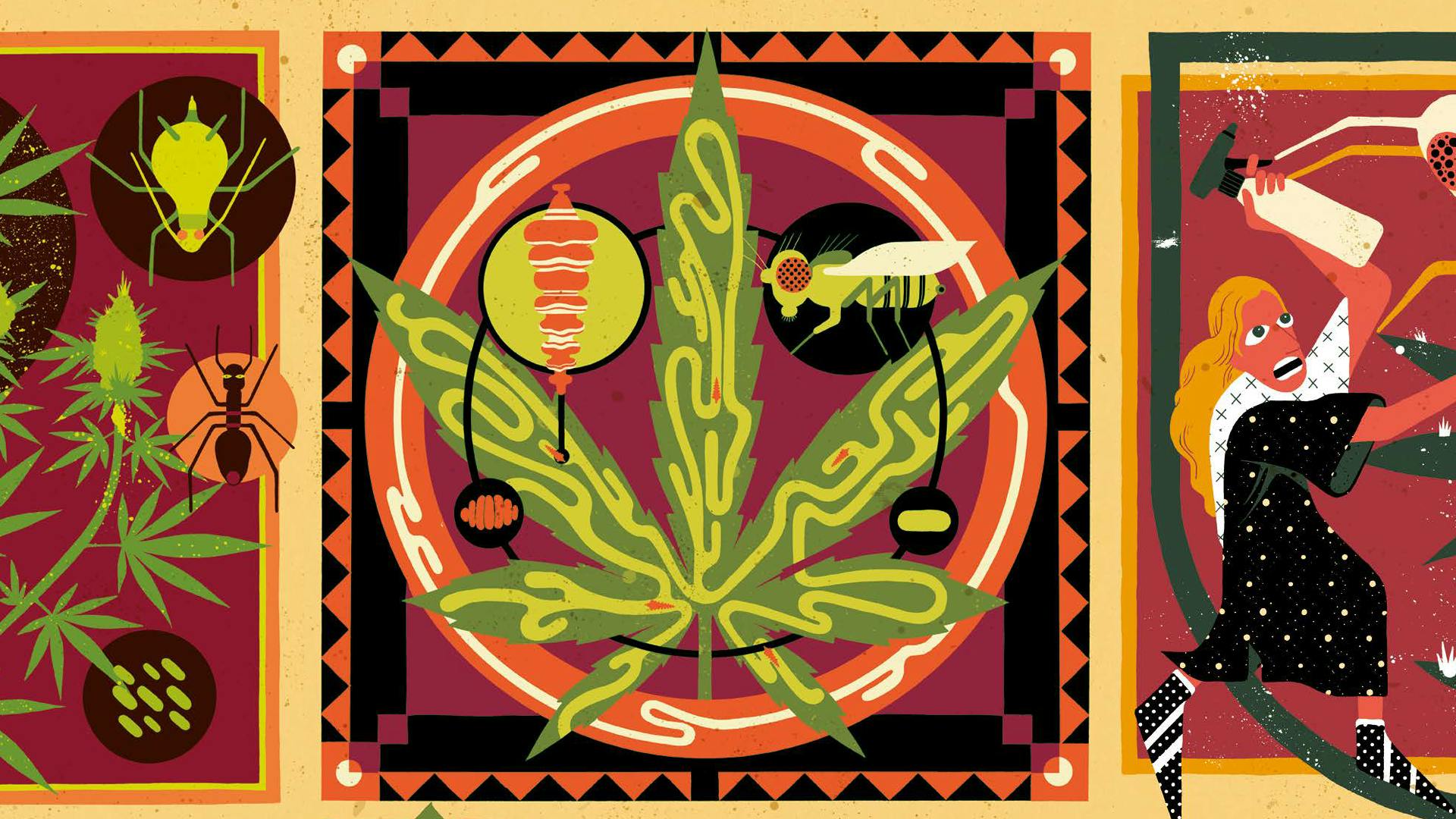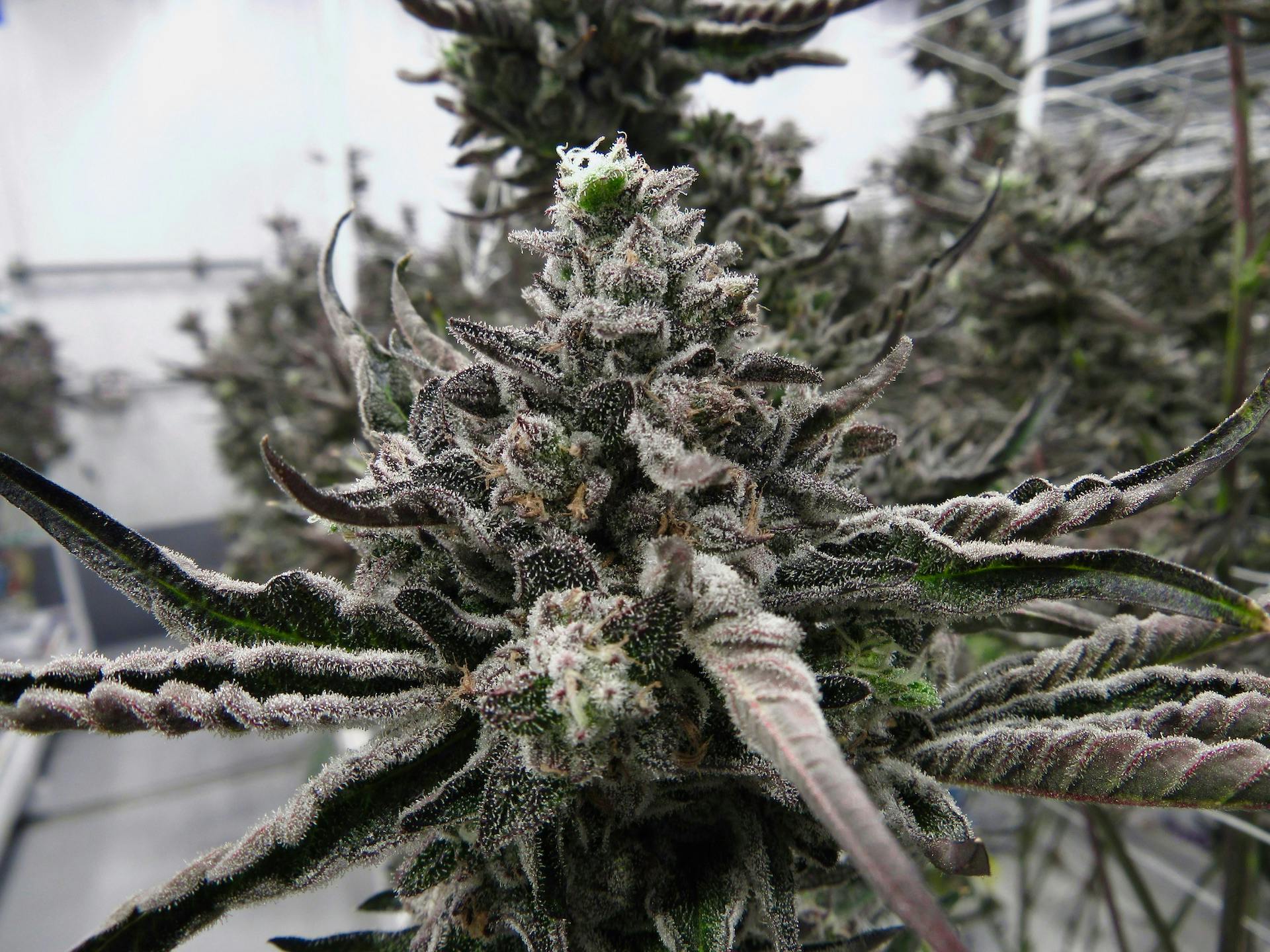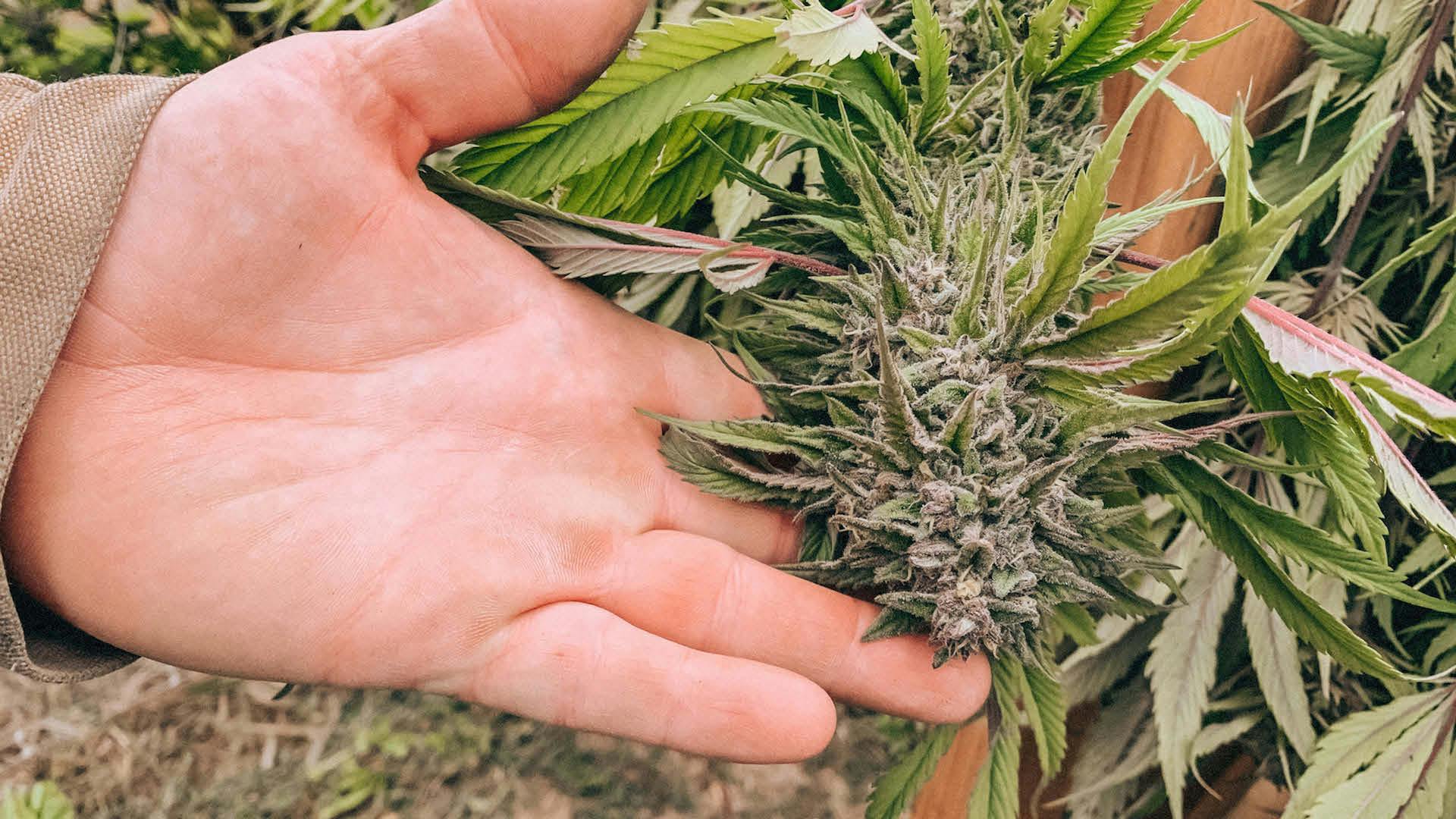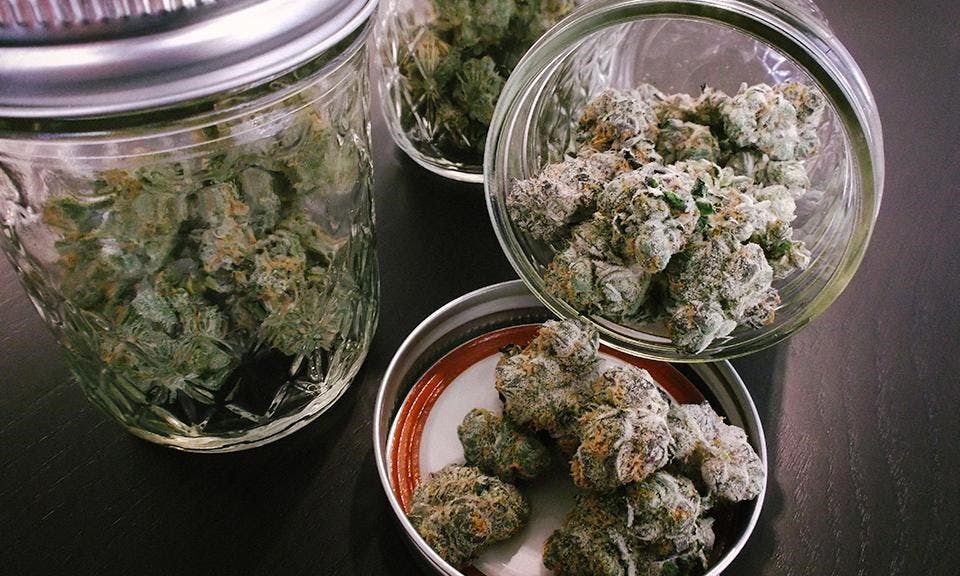Fast Buds helps you enjoy champion weed in record time.
With growing season in full swing, cannabis cultivators across the country are hard at work searching for their new favorite strains. One of the foremost seedbanks offering quality genetics to American growers is Fast Buds, a group of autoflower specialists who have been breeding ever since they arrived on the scene over a decade ago. Gaining a reputation for their Gorilla genetics, their most-awarded Gorilla crosses are Gorilla Cookies, Strawberry Gorilla, and Gorilla Zkittlez. We just checked in on Fast Buds’ effort to popularize autoflowering seeds in backyards across the USA, and, as befitting their name, they haven’t slowed down since.
Leafly readers get 15% off Fast Buds autoflowering strains with code LFL420.
Fast Buds has been filling their trophy case in recent years, running the table at strain competitions all over the world, including several prestigious cannabis cup victories. Competing at the American Autoflower Cup, Farmer’s Cup, Spannabis Champions Cup, Autoflower World Cup, Dab-A-Doo Brasil, and more year after year, their breeders rarely come home empty-handed. It’s safe to say that this brand of cannabis autoflowering seeds is well on their way to redefining what you can expect from autoflowering strains worldwide.
We’ve got a roundup of some of those selfsame champion strains so you can get a taste of the winning spirit and pick out some GOATs for your garden.
Strawberry Gorilla Auto

One of the most decorated strains in the Fast Buds’ stable, Fast Buds’ Strawberry Gorilla Auto took home two prestigious awards in 2023, winning Best Sativa at the American Autoflower Cup in Los Angeles in January and the ‘Highest Combined Terpenes’ title in the Home Grow Hash at the 2023 Farmer’s Cup. This latest victory in the Farmer’s Cup is quite the feather in Strawberry Gorilla Auto’s cap — not only did Fast Buds amazing autoflower hold its own against the competitor’s photoperiod strains, Strawberry Gorilla Auto’s terpenes triumphed, scoring a point for autoflowers everywhere.
Coming in bold with intense strawberry flavor, Strawberry Gorilla Auto has tested with a jaw-dropping 28.417% THC and 29.86% total cannabinoids. That’s enough to make even those with well-developed tolerances sit up and take notice, and extractors will love how much juicy resin each bud will produce. Growers of all skill levels can expect their Strawberry Gorilla plants to reach maturity in around ten weeks, when the chunky, frosty buds are ready to go. Our advice is to take some photos before you harvest; a looker on the tier of Strawberry Gorilla Auto ought to be celebrated.
Gorilla Cookies Auto

The ruling silverback among Fast Buds Autoflowers, Gorilla Cookies Auto is Fast Buds’ flagship autoflowering strain. This balanced hybrid has scored multiple awards over the years, including a victory at the Expo Grow competition and Best Autoflower at the 2022 Cosecha Cup. Gorilla Cookies also snagged the prestigious Best Indica award at the 2022 Autoflower World Cup, and honestly, it was no surprise. Gorilla Cookies has it all; it’s incredibly potent (testing at a whopping 28.5% THC!), high-yielding, resilient in many different indoor and outdoor climates, and boy, is it flavorful. The impressively high THC levels translate into an intense resin production, making her buds almost completely white and covered in trichomes late in the flowering stage.
Related
Why autoflowering seeds are an excellent choice for backyard cannabis cultivation
If you elect to try your hand at growing Gorilla Cookies Auto, you can expect trichome-frosted buds around the size of poker chips, in around ten weeks in good conditions. Gorilla Cookies Auto also loves to stretch out, reaching up to 150cm at maturity. It’s a bit difficult to describe the flavor of Gorilla Cookies; those who have had the pleasure report notes of hazelnut, earth, dank, and even more. That might be a bit vague, but there’s only one surefire way to discover Gorilla Cookies Auto’s complex flavor: Grow it yourself.
Gorilla Zkittlez Auto
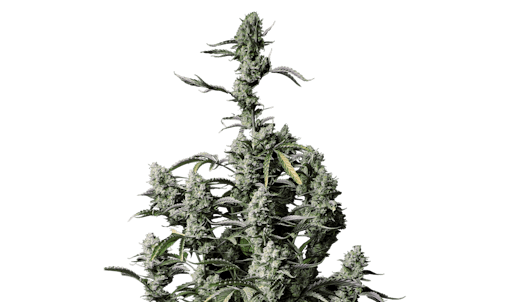
Gorilla Zkittlez Auto is another of Fast Buds’ legendary crosses that makes use of DNA from the Gorilla family, featuring a potpourri of enticing terpenes that runs the gamut from earthy, spicy early notes to a cotton-candy finish. This strain took home top honors from the 2022 Dab-A-Doo Brasil competition by charming judges with its ludicrous 29.85% total cannabinoid percentage, making Gorilla Zkittlez Auto one of the most potent autoflowering strains to be found, in addition to being one of the tastiest.
A hybrid with a balanced effect, Gorilla Zkittlez Auto makes a great smoke at any time of day, which means fans of this Fast Buds favorite may go through their stocks quickly. Luckily, Gorilla Zkittlez Auto is a shockingly high-yielding strain as well, producing up to 650gr/m2 in as little as 63 days in ideal conditions. With yields like that, growers don’t ever need to be shy about indulging their love for this treat of a strain.
Banana Purple Punch Auto
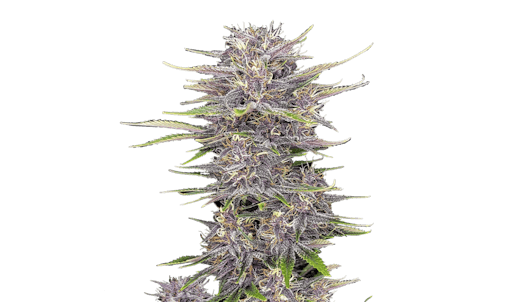
The definitive end to all lingering questions about autoflowers’ ability to stack up to photodependent strains, Banana Purple Punch Auto is one of the most potent autoflowers ever tested. Tested at MJ Biz Con in 2023, Banana Purple Punch was shown to have a mind-blowing, earth-shattering 30.4% THC. That puts Banana Purple Punch solidly among famously potent strains like Green Crack and Bruce Banner, but with all the speed and convenience of an autoflower.
This indica-like will produce a respectable amount of bud in a lightning-fast seven weeks. With all these factors in Banana Purple Punch’s favor, it had no trouble winning Best Indica in the 2023 American Autoflower Cup, and it won’t have any trouble winning a spot in your heart, either.
Papaya Cookies Auto

Hash lovers, rejoice; your time has come. One of the most exciting strains on Fast Buds’ roster, Papaya Cookies is also the second-place winner of the 2024 Best New Strain award at the Autoflower World Cup. Papaya Cookies’ intense THC percentage and far-above-average resin concentration make this sativa-leaning hybrid a dream for hash makers and extractors of all kinds, but that’s not the only thing that Papaya Cookies has going for it. The judges at the AWC noted Papaya Cookies’ delicious, complex flavor as a major strong point.
Receptive to a variety of both indoor and outdoor conditions, Papaya Cookies is a great candidate for growers of all experience levels and takes well to common plant training methods. Expect your buds in just eight weeks, with up to 29% THC for full-day potency.
Apricot Auto

The winner of the blue ribbon for Best Sativa Strain at the 2024 Autoflower World Cup, Apricot Auto is a potent number with a flavor profile unlike any you’ve experienced before. As you might expect, Apricot Auto has a taste heavily reminiscent of the fruit that shares its name, a surprising and innovative flavor in cannabis. The tangy mix of sweet and sour makes for an excellent pairing with Apricot Auto’s dank notes, making Apricot Auto a truly unparalleled experience on the smoke.
Growers have found that Apricot Auto’s thick, resinous buds make it an excellent candidate for making concentrates, and with up to 26% THC content, any edibles made with Apricot Auto as a base will be plenty heavy-hitting. Apricot Auto will reach full maturity in around nine to ten weeks, so get planting now so you can have this delicious strain ready for summer’s peak.
Ztrawberriez Auto

The winner of the Best Sativa prize at the 2024 American Autoflower Cup, Ztrawberriez Auto’s smorgasbord of sweet and fruity terps has been winning hearts and minds across the country. Judges, growers, and anyone else who has had the pleasure to enjoy Ztrawberriez Auto report that this autoflower is an ideal daytime smoke, elevating consumers’ moods and energy levels without giving an overly stoney feeling and testing with up to 25% THC to melt worries away.
Ztrawberriez Auto is also a linebacker against pests and rough environments; even in sub-ideal conditions, Ztrawberriez Auto seeds will yield about 600g/m2 in as little as nine weeks. With speed, quality, and flavor all set to the max, it’s easy to see why Ztrawberriez Auto beat out the competition.
Fast Buds has these champs, plus heaps more autoflowering strains on their website. Right now, you can get these strains and more for 15% off from Fast Buds with code LFL420. They are continuously launching new strains, running huge sales and giveaways, as well as educating consumers on the many, many benefits of autoflowers. You can also follow them on social media for interviews with growers, updates on new strains, and announcements of (even more) cannabis cup victories. Happy growing!

Availability subject to law.



